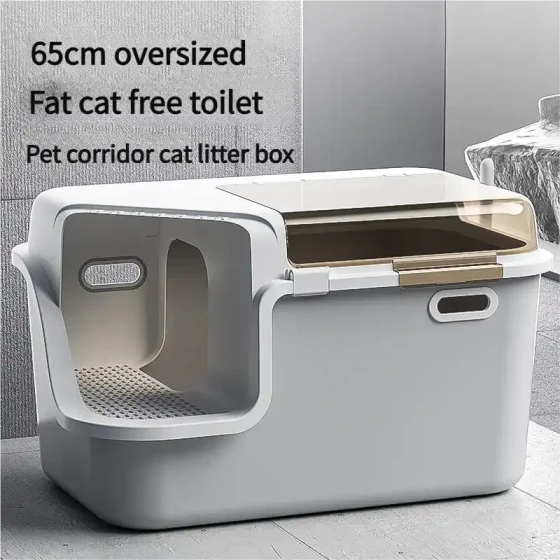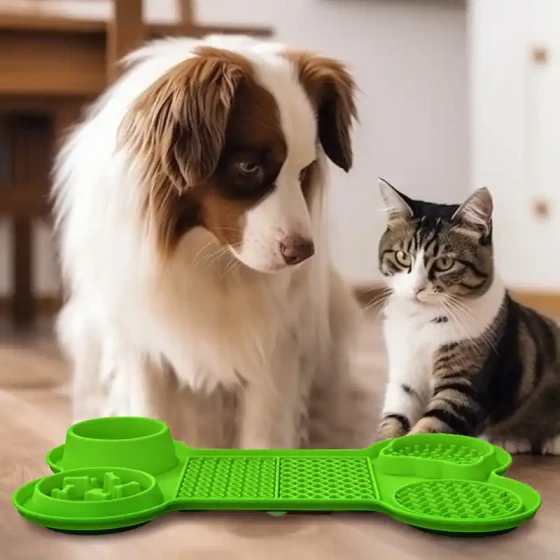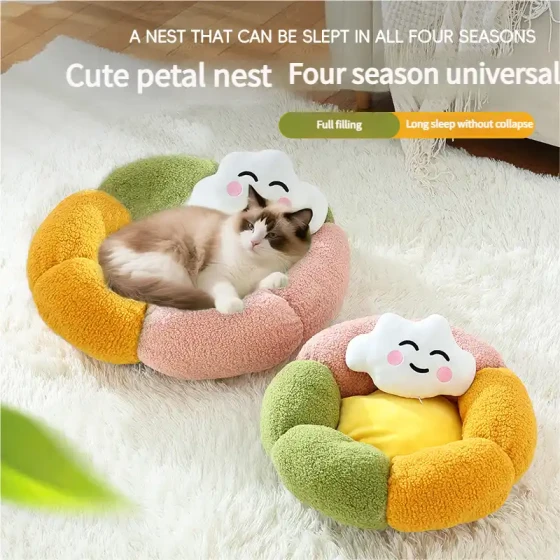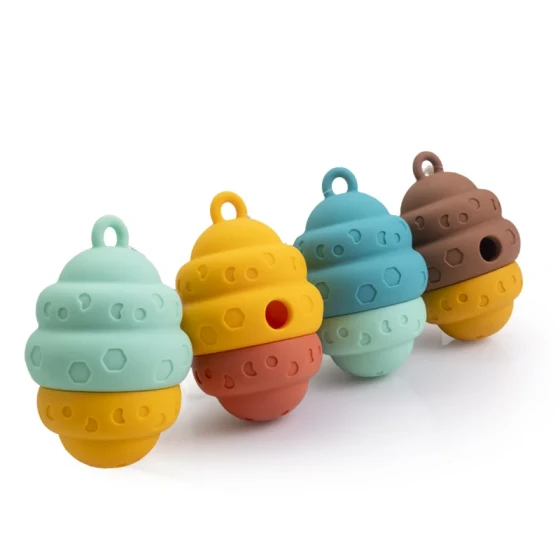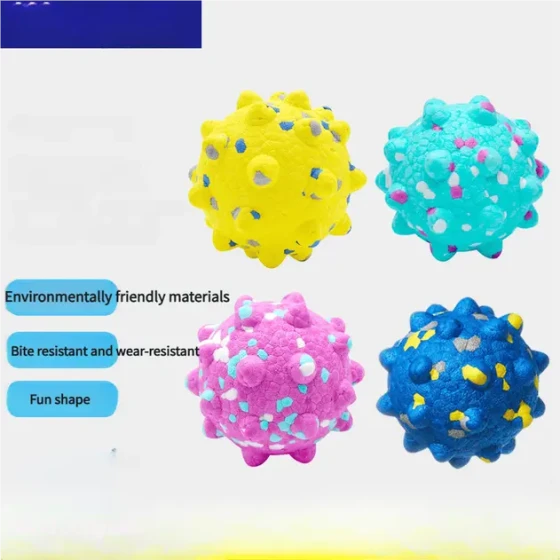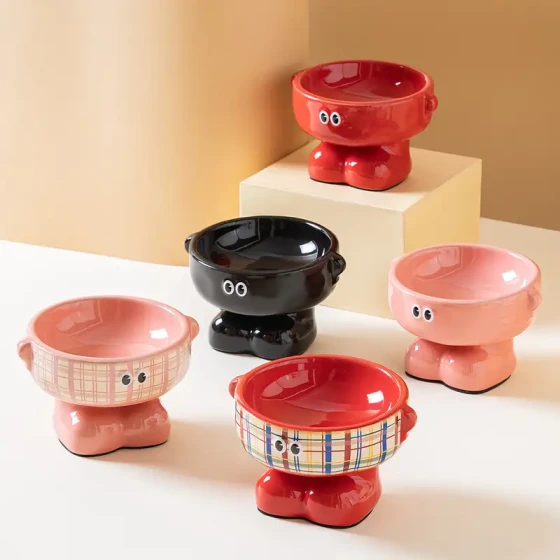Regret After Spaying Female Cats_5 Terrible Consequences of Improper Postoperative Care
Spaying surgery for female cats is a common veterinary procedure that effectively prevents diseases such as pyometra and mammary tumors, but the recovery process after surgery is crucial. Improper care can lead to wound infection, increased pain, or even more severe complications, causing unnecessary suffering for the cat and regret for the owner. These terrible consequences could have been avoided with meticulous care.
Spaying surgery, as the name implies, involves surgically removing the female cat’s ovaries (ovariectomy) or ovaries and uterus (ovariohysterectomy) to render her infertile. This has positive effects in controlling stray cat populations, reducing disturbances caused by heat cycles, and preventing various diseases. The surgery itself is usually safe and well-established, performed by professional veterinarians. However, surgery is only the first step; the postoperative recovery period truly tests the owner’s attentiveness and patience. During this time, the cat’s body undergoes tissue repair, and if care is inadequate, just like a human not resting well or keeping a surgical wound clean, problems can arise easily. Therefore, understanding and properly managing postoperative care is key to ensuring smooth recovery and avoiding potential risks.
Why is postoperative care so important?
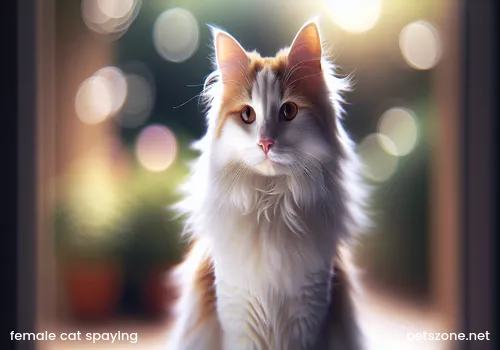
Imagine having a surgical incision on your belly that needs stitches and bandaging, followed by bed rest. For cats, while spaying is routine, it is still trauma. The wound needs to heal, and the body needs time to recover energy. Proper postoperative care provides a safe, comfortable environment to help cats heal faster and better. This includes controlling their activity, monitoring the wound, and giving medications on time. Neglecting any step can lead to complications.
Several terrible consequences of improper postoperative care:
- Wound infection (suppuration, redness, swelling): This is one of the most common and worrisome consequences. The surgical incision is open and stitched, but if the cat licks the wound, the environment is unhygienic, or the owner does not clean the wound as prescribed, bacteria can enter, causing redness, heat, pain, and even pus discharge. Serious infections may require additional vet visits and antibiotics, prolonging the cat’s pain and recovery. Imagine a wound that is healing suddenly becoming inflamed and suppurating—how painful and uncomfortable that must be for the cat!
- Wound reopening (dehiscence): Cats are naturally lively; some recovering quickly may want to jump around just days after surgery. If the owner does not restrict activity, or the Elizabeth collar is not properly worn leading to the cat licking and scratching the wound, stitches may rupture, causing the wound to reopen. This not only causes severe pain but may expose internal tissues, greatly increasing infection risk. It usually requires a second surgery to re-suture, which is a huge physical and mental blow for the cat and an extra financial and emotional burden for the owner.
- Increased postoperative pain and discomfort: Postoperative pain is normal, and vets usually prescribe painkillers. But if the owner does not give medication as directed or if improper care (excessive activity, inflammation) causes increased pain, cats may become restless, lose appetite, and hide, seriously affecting recovery and quality of life. Seeing your beloved cat curled up in pain is heartbreaking for any owner.
- Internal bleeding or hematoma: Though uncommon, blood vessel rupture during surgery or postoperative care (e.g., vigorous activity) can cause internal bleeding or hematoma beneath the wound. Large bleeding may be life-threatening and require emergency treatment. Hematomas are less dangerous but cause pain and discomfort and require time to absorb or doctor intervention.
- Suture reaction or rejection: In very rare cases, cats may have a rejection response to internal or external sutures, causing localized redness, pain, or fistula (chronic non-healing sinus). Although this is not directly related to care, failure to closely monitor the wound postoperatively to identify and treat this reaction can delay treatment and increase the cat’s suffering.
How to avoid these “terrible consequences”? Proper postoperative care is essential!
In fact, avoiding the above problems is not difficult; it depends on the owner’s attentiveness and patience. Here are some core care points:
- Administer medications as prescribed: Veterinarians will prescribe painkillers, anti-inflammatory drugs, etc. Strictly follow the prescribed times and dosages.
- Limit activity: During the recovery period (usually 1-2 weeks), try to restrict running, jumping, and vigorous exercise. Place them in a relatively small, safe, warm, and clean space (such as a carrier or small room) to reduce activity and prevent wound tearing.
- Wear an Elizabeth collar or postoperative garments: This effectively prevents licking and scratching the wound. Although the cat may initially resist, it is essential for their health to keep it on. Choose the right size to ensure it doesn’t interfere with eating, drinking, or litter box use.
- Check the wound daily: Observe for redness, discharge, bleeding, or reopening. A normal wound should be clean, dry, with well-approximated edges.
- Maintain environmental hygiene: Keep the cat’s resting environment clean and dry to reduce bacterial growth. Clean the litter box promptly.
- Monitor appetite and mental state: Appetite may be reduced in the early days post-surgery; however, prolonged refusal to eat or drink and lethargy may signal a problem.
- Timely rechecks: Follow the vet’s schedule to bring the cat back for wound examination and stitch removal if necessary.
What to do if abnormalities appear? Contact your vet immediately!
If, during postoperative care, you notice redness, heat, pus, wound reopening, extremely poor mental state, persistent pain, refusal to eat, or difficulty breathing, contact your vet immediately. Don’t hesitate; professional medical help is the best way to resolve issues. Early detection and treatment minimize complication risks and help your cat recover quickly.
Frequently Asked Questions
- Q: How long does it take for a female cat to fully recover after spaying?
- A: Generally, external wounds heal within 7-10 days, internal healing takes longer, and full recovery with normal activity usually needs about 2 weeks, varying by individual.
- Q: My cat hates wearing the Elizabeth collar; can I let her go without it?
- A: Not recommended. The Elizabeth collar prevents the cat from licking or biting the wound, which can cause infection or reopening. Although the cat may feel uncomfortable initially, it should be worn for wound safety unless the vet permits removal. Softer donut-shaped collars or postoperative garments can be alternatives.
- Q: What if my cat refuses to eat after surgery?
- A: Reduced appetite shortly after surgery is normal. Try offering favorite foods or consult your vet about prescription canned foods. If the cat refuses food or water beyond 24 hours or shows other symptoms, seek veterinary care immediately.
- Q: Will my cat’s personality change after spaying?
- A: Spaying mainly affects hormone-related behaviors such as calling during heat, spraying, or roaming for mates. These behaviors usually decrease or disappear. Cats may become calmer and more home-loving. Other personality changes (more clingy or independent) mostly depend on individual differences and recovery, not improper care.
Conclusion
Spaying female cats is an important measure to safeguard their health, and careful postoperative care is the key to surgical success. Although improper care can cause a series of worrying consequences, understanding potential risks and actively adopting correct care practices—including limiting activity, protecting the wound, timely medication, and close observation—can greatly reduce complications and help cats smoothly pass through recovery. With extra patience and attentiveness, our cats can soon return to their lively selves and continue to accompany us.
References
- Common veterinary textbooks, for example, "Feline Practice"
- Authoritative pet health websites such as VCA Animal Hospitals, Cornell Feline Health Center
- Clinical experience shared by professional veterinarians
